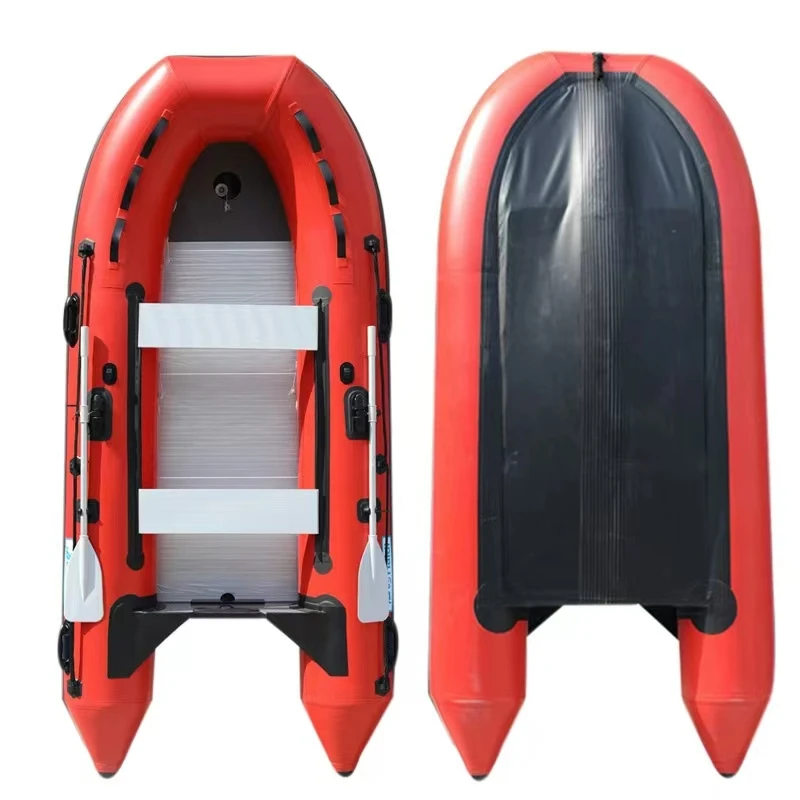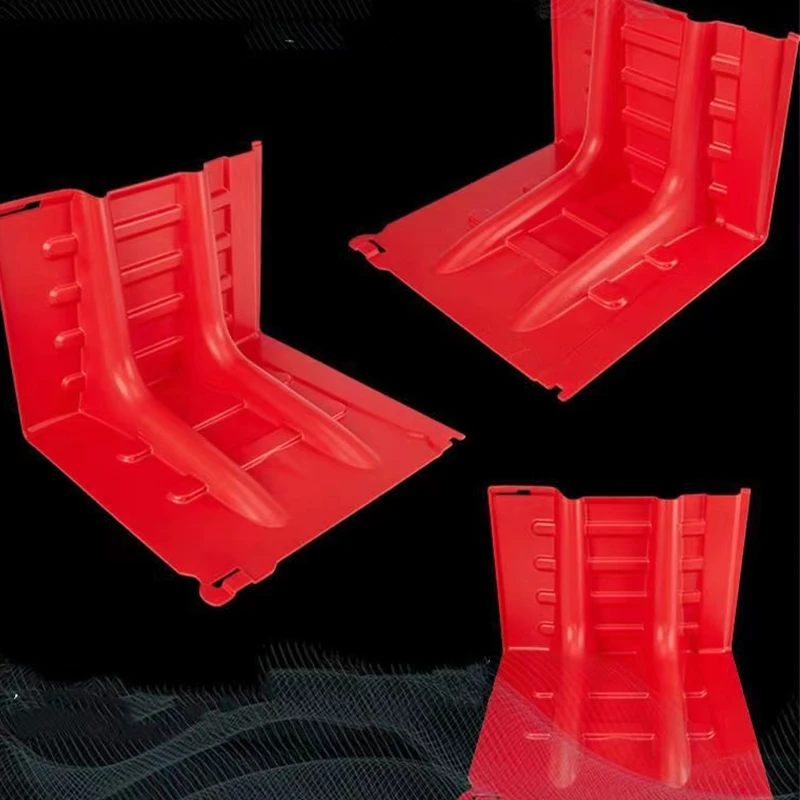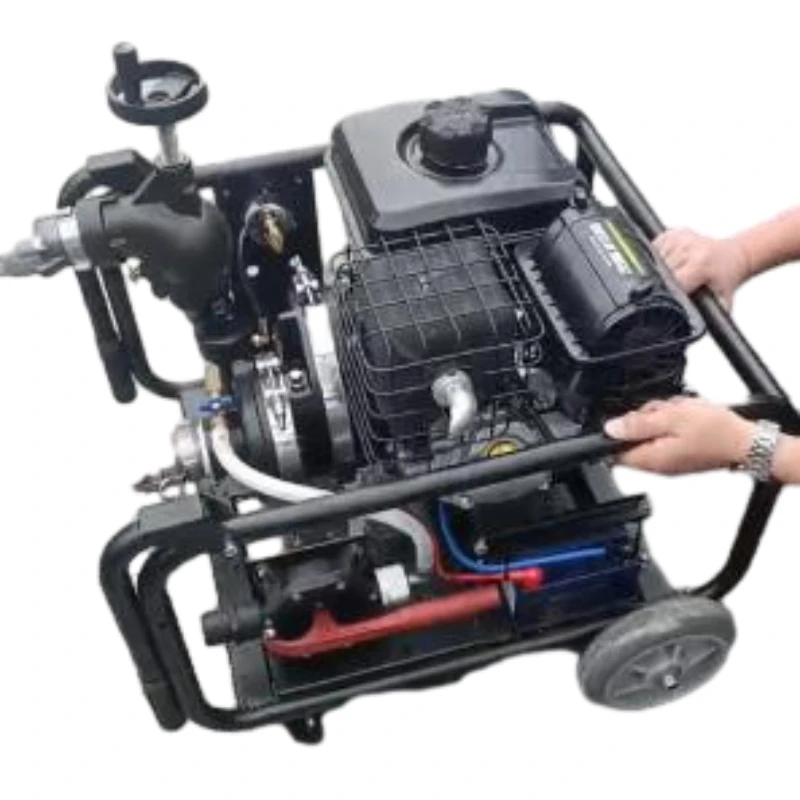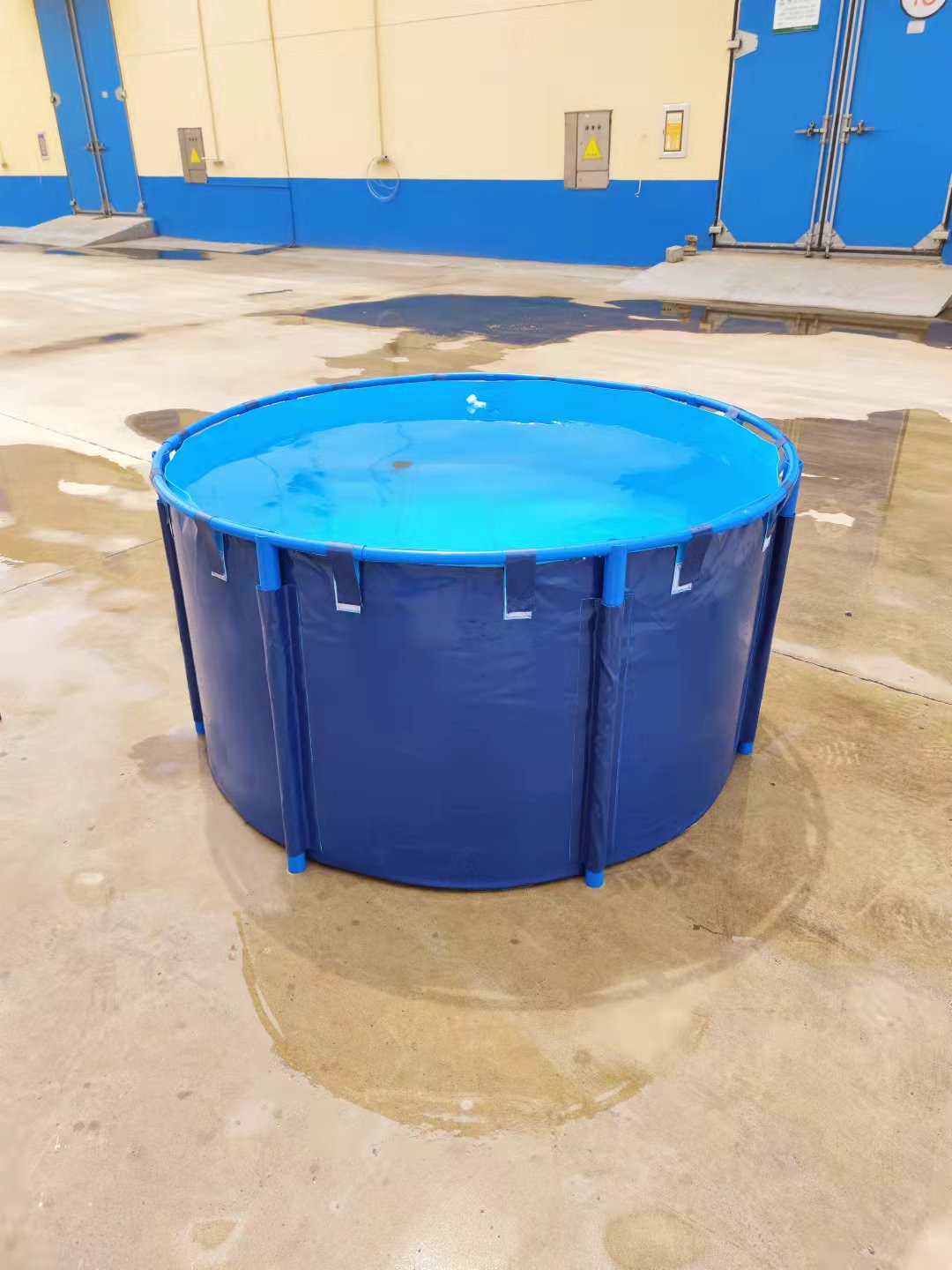Portable High Pressure Water Pump: field-ready pressure in a compact frame
Meet the Portable High Pressure Water Pump built for crews who need serious head, fast priming, and zero drama. I’ve watched departments struggle with bulky trailer pumps during wildland season; this kit is the opposite—engine, pump, spray nozzles, inlet pipe, high‑pressure fire hose, and accessories, all on wheels with a folding outer frame and hand-carry handles. Vehicle-mounted? Yes. Rapid deployment? That’s the whole point.
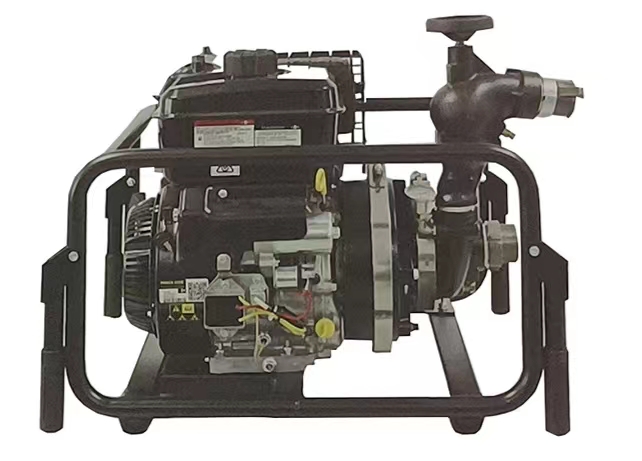
Why the market is leaning portable
Urban infill, hotter fire seasons, and tighter capex have nudged many agencies toward compact, high-head units. In fact, demand for quick-attack gear that can hop curbs, climb stairs, and feed long lays keeps rising. The Portable High Pressure Water Pump sits right in that sweet spot—enough pressure to boost standpipes or throw a tight jet uphill, but light enough for a two-person carry.
Core specifications (real-world friendly)
| Max pressure/head | up to ≈ 1.0 MPa (≈145 psi) / ≈ 90 m head, real-world use may vary |
| Flow range | ≈ 120–360 L/min (nozzle- and elevation-dependent) |
| Engine | Gasoline 4‑stroke (diesel optional), recoil + electric start options |
| Priming | Fast priming design; typical ≈ 10–20 s from 3 m suction |
| Ports & hoses | Inlet 1.5"–2.5"; pairs with hoses rated per NFPA 1961 / EN 14540 |
| Mobility | Wheels + foldable outer frame + hand-carry handles; vehicle-mountable |
| Weight | around 28–38 kg depending on configuration |
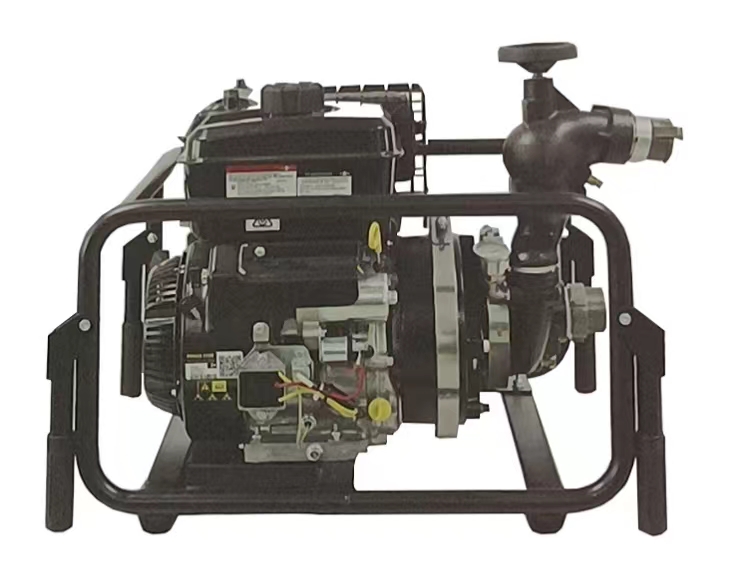
Where it shines
- Wildland/grass fires: quick attack lines off small vehicles or UTVs.
- High-rise/standpipe boosting: temporary pressure assist during outages.
- Municipal & industrial: tank transfer, washdown, remote hydrant support.
- Construction/mining: dust suppression and spot dewatering.
- Disaster relief: portable supply to bladders or relay pumping.
Build, testing, and service life
Pump body uses corrosion-resistant aluminum alloy (hard-anodized), stainless shaft, and an engineered bronze impeller. Frame is TIG-welded steel with a folding handle—honestly, the fold-out stability is better than I expected. Each Portable High Pressure Water Pump undergoes hydrostatic testing at ≈1.5× working pressure, flow-curve verification to EN 14466 methods, and a 100‑hour endurance run on a rotating audit lot. Expected service life is ≈ 5–8 years with normal maintenance, longer if sheltered from salt and dust.
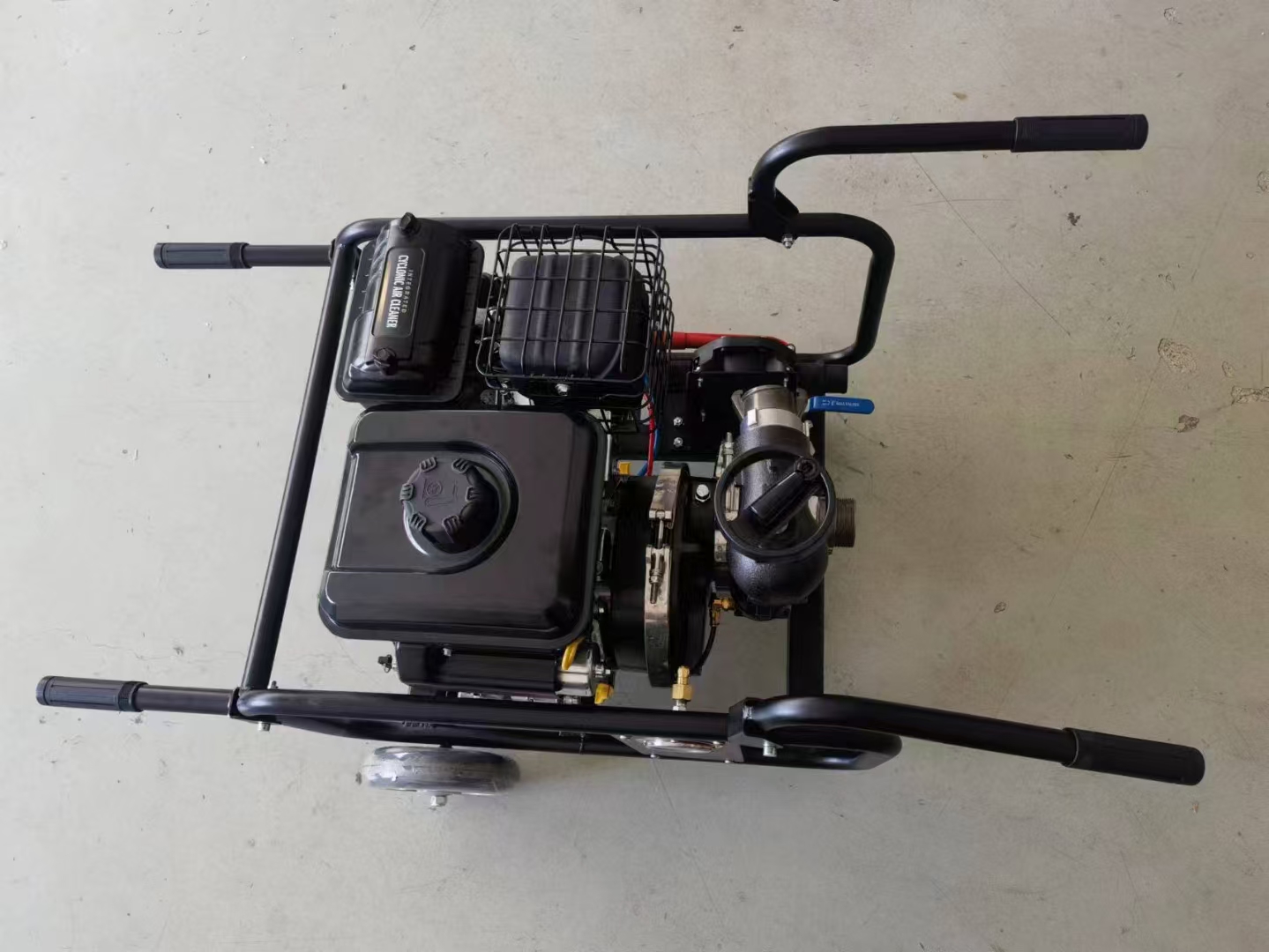
What customers say
“Primed in about 12 seconds from a creek and held a tight stream uphill,” reports a county wildfire crew. A facilities manager told me, “Surprisingly quiet at mid-RPM, and the wheels are a lifesaver in tight plant rooms.” I guess the consensus is: quick setup, solid head, and fewer trips back to the truck.
Vendor snapshot and options
Origin: No.118 Youyi Street, Xinhua Dist., Shijiazhuang City, Hebei Province, China
| Vendor | Head/Flow (indicative) | Weight | Priming time | Customization |
|---|---|---|---|---|
| FFW Fire Safety | ≈ 1.0 MPa / 120–360 L/min | ≈ 28–38 kg | ≈ 10–20 s | High (ports, engine, nozzles, color) |
| Global Brand A | ≈ 0.9 MPa / 100–300 L/min | ≈ 30–40 kg | ≈ 15–25 s | Medium |
| Budget Brand B | ≈ 0.7 MPa / 80–240 L/min | ≈ 32–45 kg | ≈ 20–35 s | Low |
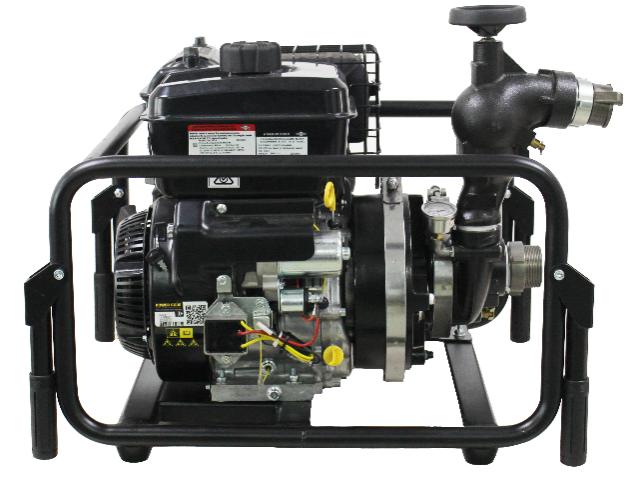
Customization menu
- Engines: gasoline or diesel, spark arrestor options for wildland use.
- Couplings: Storz, NH (NST), BSP; inlet strainers and foot valves.
- Nozzles: adjustable fog/jet, straight tip, flow-restricted high‑pressure.
- Instrumentation: pressure/vacuum gauge, tach/hour meter.
- Hoses: high‑pressure lengths, storage reels, color per RAL.
Case notes from the field
A mountain brigade used a Portable High Pressure Water Pump to relay from a creek over a 40 m elevation gain—two lines in service within 3 minutes of arrival. Another site (a food plant) temporarily boosted a rooftop tank during a valve replacement; static pressure improved by ≈ 0.3 MPa, keeping sprinklers in the green zone during maintenance. Not glamorous, but very effective.
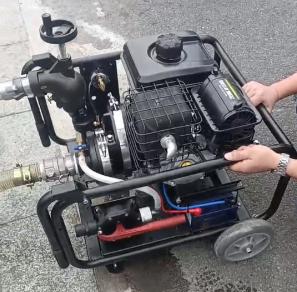
Compliance and test references
Manufacturing follows ISO 9001 quality management. Hose interfaces align with globally recognized profiles, and performance validation references EN 14466 test methods. Where applicable in deployment, teams typically align with NFPA hose and apparatus guidance. Always check your local code set.
Authoritative references
- NFPA 1961: Standard on Fire Hose.
- EN 14466: Portable fire pumps — Safety and performance requirements and test methods.
- ISO 9001:2015 Quality management systems — Requirements.
- NFPA 1906: Standard for Wildland Fire Apparatus (deployment context and equipment integration).









